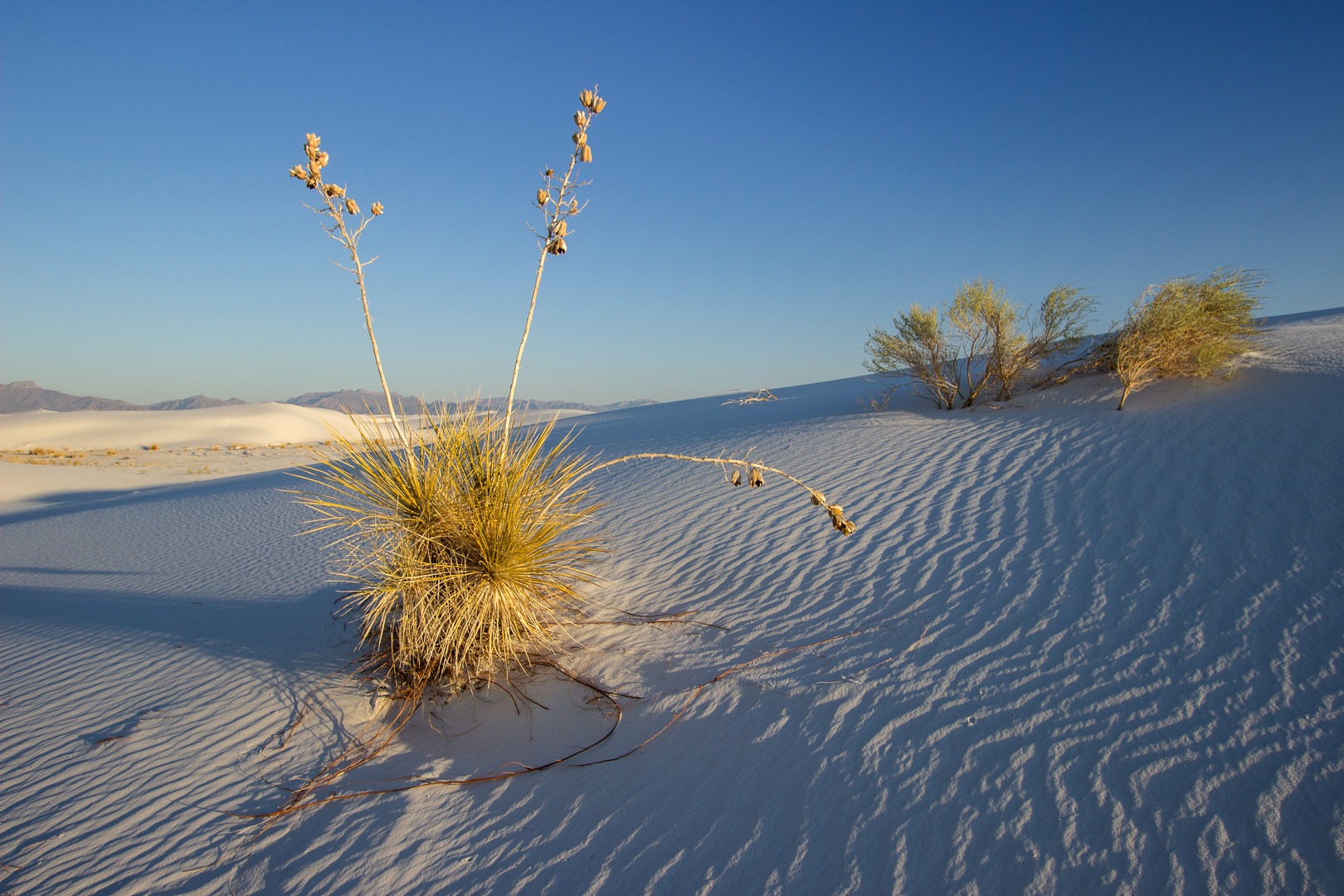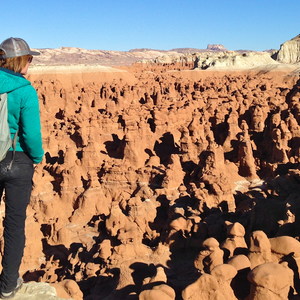“The more that you read, the more things you will know. The more that you learn, the more places you’ll go.”
A political cartoonist during WWII who went on to become one of the most celebrated children’s authors of all time, Dr. Seuss created iconic work that teaches environmental and social ethics while providing pure entertainment to generation after generation. His beloved and well-known stories like The Lorax and Horton Hears a Who are surprisingly still relevant to today’s current political climate.
While his stories subtly support conservation and human rights, the books are also simply beautiful. His illustrations capture the whimsy and wonder of the natural world and our relationship to it. In honor of Dr. Seuss’s 114th birthday, here are the real life places you can go to experience the wild and wacky world depicted in his books.
- Joshua Tree National Park, CA: From the clearly recognizable Joshua trees to the distinct rock formations, Joshua Tree is the obvious first choice for a total immersion in a Dr. Suess-like setting. The highlights and activities here include rock climbing, hiking and camping. The desert weather is extreme, so if you travel here, be prepared for cold nights and extremely hot days.
- Iliau Nature Loop, HI: Located in the Waimea Canyon on the Island of Kauai, this short but sweet trail packs a lot of species diversity into a mellow walk. The 0.3-mile interpretive trail brings you up close and personal with a wide variety of plant life that you just don’t see on the mainland. These flowers and trees might seem familiar if you have read a lot of Dr. Seuss, however. The 'ōhi'a-lehua tree, very common throughout the islands, is easily recognizable by its spiky red blossoms. And the 'iliau, found only on Kaua'i, are scattered alongside the trail. This short hike connects with the 2.5-mile Kukui Trail, which will wrap around and take you down to the river, as well.
- The Valley of the Goblins, UT: Take a self guided tour through wobbly-looking rock formations that seem to defy all the rules of gravity at this state park located in the Abajo Mountains. It’s easy to become disoriented in this field of red rock that seemingly grows like a forest of trees, so make good decisions, starting with proper hydration, before setting out.
- Trona Pinnacles, CA: These monumental rock formations seem to grow right out of the desert. They are visually surprising in how they pop up in such a stark landscape even if you are expecting to find them out in the middle of nowhere. While there is no water or shade out here in the desert, there aren’t many people, either. These formations are referred to as tufa spires and are located close to Death Valley National Park.
- Bryce Canyon National Park, UT: One of the most geologically interesting sites in the U.S., Bryce Canyon features large limestone hoodoos, or formations formed by continuous freezing and thawing over time, that make for a stark contrast with the surrounding landscape. If you have to choose one hike while you are there, make it the Fairyland Trail, which offers views of arches, mountains, trees, red soil, and wildflowers in the spring and summer.
- Ancient Bristlecone Pine Forest, CA: This location boasts the oldest trees in the world. Bristlecone Pines are stunted and twisty looking, yet there is something undeniably graceful and harmonious about the way they look… just like the illustrations in Seuss’s world. They are located in the Eastern Sierra, and the best way to view them is by getting out and hiking. You will have to climb to earn a glimpse since this species of tree only grows above 9,800 feet in elevation. There’s also great camping to be had here at the Grandview Campground.
- Arches National Park, UT: This iconic national park is great to experience if you have a wide variety of adventurers traveling together in your party. Take the challenging 7.2 mile Devils Garden Trail if you are ready for an athletic feat, or stroll along the mellow routes to Balanced Rock (ADA accessible), Sand Dune Arch or Skyline Arch. Whichever option you choose, you’ll be rewarded with out-of-this-world views of red rock formations that will leave your jaw hanging.
- White Sands National Monument,NM: Is there a better way to feel like a kid again than to sled down white sand dunes comprised of gypsum crystals and traipsing through the oddly enchanting yucca plants? Probably not. This magical national monument is located in New Mexico, and at 275 square miles it is the largest dune field of it’s kind in the world. Sledding the dunes is allowed in places with no vegetation. Stop by the visitor’s center to learn more.
- Mexican Hat Rock, UT: The interesting rock striations and sparse shrubbery at Mexican Hat are very typical of Seuss’s illustrations, and visitors are constantly wowed by the meandering river that flows through this starkly beautiful landscape. There is an interesting but mellow hike that takes you around the base of the Mexican Hat formation itself, but be warned that there is not a lot of shade in this Colorado Plateau location in Utah.
- Painted Hills, OR: The hills are part of the John Day Fossil Beds National Monument and are a remarkable and colorful landscape that could have been pulled right from the pages of a Dr. Seuss story. These stunning variations in color are formed from the layers of black, grey, yellow, gold and red soil that is, in some cases, over 40 million years old. It tells a story of the area’s geological transitions. The most popular trail that gets you up close and personal with this location is the short out and back Painted Hills Overlook Trail.
As you contemplate taking a trip to one or more of these destinations, think of what Dr. Seuss himself would say:






Comments
Sign In and share them.